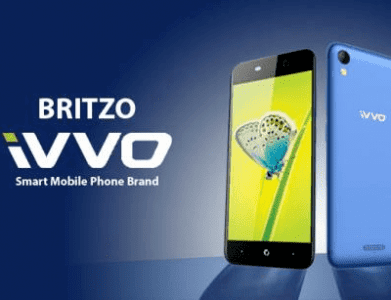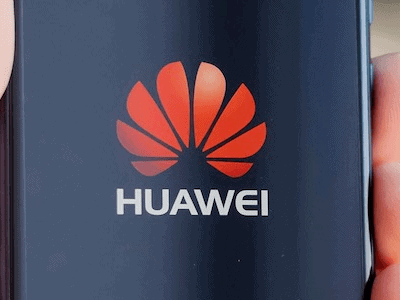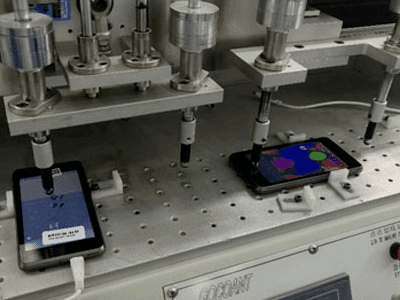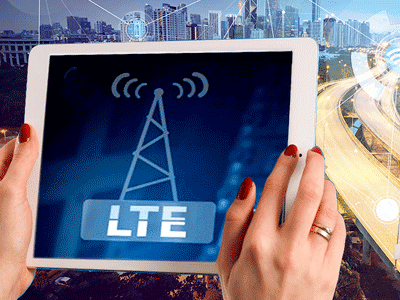Femto or Pico – It’s becoming difficult to distinguish between the two!
Share This Post
Recently while talking to a representative of a leading microcell (pico and femto) processor solutions provider, I could gather that  the difference between the two is gradually fading. Both architectures do the same – increase call quality and ease out network loads, but there does not seem to be much of a pull from end-users (subscribers).
the difference between the two is gradually fading. Both architectures do the same – increase call quality and ease out network loads, but there does not seem to be much of a pull from end-users (subscribers).
If we try to evaluate who benefits the most – end-user or the operator by adopting microcellular architectures, it seems operators have more advantages than end-users. This is the reason, even in the case of femtocells, the service is bundled by the operator who provides the equipment free and recovers costs from the overall mobile tariff plan (data and voice). Charging consumers separately for femto services is not a feasible model. Service providers are already offering femto services under contract plans. The consumer is not directly willing to pay for the femto services that would offer him / her only one benefit – better indoor coverage – a service that the operator is expected to offer in the normal course of usage.
This is the primary reason why operators are using a push strategy rather than ‘pull’ in case of microcellular network based services. As per the operators, a consumer already pays for the infrastructure that he / she uses for making a call and those costs are included in the per minute or per second charges. Similarly, in case of microcellular networks, operators can include the cost of infrastructure in the standard mobile service charges without explicitly asking subscribers to pay an additional sum.
So even for femto-based microcellular architecture services, operators cannot expect a ‘pull’ from subscribers and will need to actively push their offerings. This points to the gradual blurring of the line of demarcation between femtocell and picocell based services. Both service types originate from the operator and purists might argue that in case of femtos, the box residing at the customer premises is not managed by the operator. But to those that offer this argument, I have to say that even if the device is in the customer premise, it is generally under the agreement of bailment, where a subscriber can use the equipment for services but the ownership remains with the bailer (operator). So even if the device were to malfunction, the operator is under obligation to repair it, of course, at some charge. This difference, therefore, is increasingly becoming inconsequential.
If we look the service models prevalent today based on femtocell architecture, it is very difficult, even for operators to distinguish between the two. The only distinction that comes to mind is that a particular femto-box will serve one customer account and a pico-box will serve many. But then we are now slowly evolving towards metropolitan femto networks, at least in the enterprise domain, which work in a manner similar to picocells. In such instances the microcellular network is managed by the operator and it serves several users.
I will talk more about metropolitan femto architectures and the evolving business model around the technology in my next blog post…so, stay tuned in!













